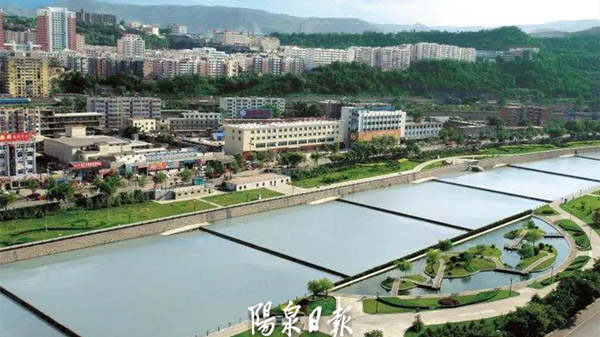Jindong Hospital
Jindong Hospital is located in the families' residential area of Jindong Company at No 271, Nandajie street, Chengqu, Yangquan city, Shanxi province, adjacent to Quandong road in the east. The predecessor of the hospital was the clinic of Jindong Chemical Factory, which moved to Yangquan along with Factory No 104 in 1949. In 1953, it was converted into a health clinic. In 1958, it was rebuilt into the staff hospital of Jindong Chemical Factory. In 1962, it was renamed Jindong Chemical Factory Hospital; and in 2002, it was again renamed Jindong Hospital, which belonged to Shanxi Beifang Jindong Chemical Co, Ltd. Jindong Hospital is a 1st-grade A-level general hospital, a designated medical institution of basic medical insurance in cities and towns, an occupational health examination institution, and a preventive health examination unit in Shanxi province, a physical examination institution, a training base for community health service in Yangquan, and a general practice cooperation base for the standardized training for resident doctors of First People's Hospital of Yangquan.
The registered capital of Jindong Hospital is 2.78 million yuan, and net fixed asset is 2.25 million yuan. The actual land area of the hospital is 6312 square meters, and the building area is 4872.37 square meters. The hospital is registered with 60 beds. At present, there are 77 on-the-job workers in the hospital, including 70 professional and technical staff, among them there are 27 doctors, 36 nurses, seven medical and technical staff, and seven logistic and service staff. In terms of titles, there are 11 people with deputy senior titles, 19 people with intermediate titles, and 43 people with junior titles.
The hospital now has 24 units, offices and departments, including 13 clinical departments (internal medicine, surgery, gynaecology, traditional Chinese medicine, preventive health care, women's health care, family planning, ophthalmology, otolaryngology, stomatology, emergency medicine, occupational diseases, hospice care), five medical and technical departments (laboratory, radiology, electrocardiogram, ultrasound and pharmacy) and six functional departments (administration office, medical department, nursing department, hospital sensibility department, medical insurance office and finance department), which are basically complete and can meet the basic needs for diagnosis and treatment of common diseases and frequently-occurring diseases of people at the community level.





